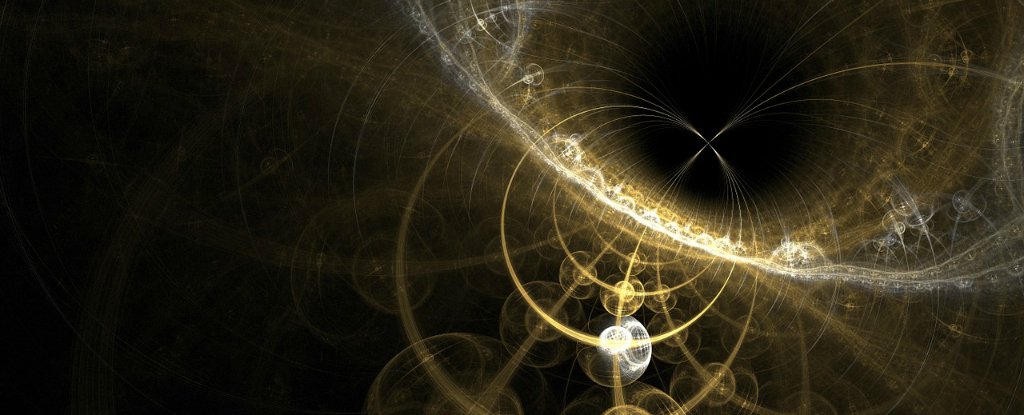latest link
What does send mean with entanglement? Proper question after agreeing 1 bit faster than light send.
How is an image get sent so that all its bits are transmitted in parallel? Let us assume that many images are transported to communicate each other fast by pipeline. At the sender, we have the notion of each list of particles being updated based on bit vectors, being prepared in parallel. The first bit is dedicated to signalling when the image-vector is ready by say 0, shortly changed to 1 and kept at 1 till the image is used again. The receiver reads the corresponding entangled bits by local entanglement in parallel. So a 00011010 is parsed (00)(01)(10)(10). If second 1 means previous right, then first bit is ignored, rest reads 000. Local entanglement is used to read values synchronously without losing any global entanglement and assuming that entangled particles have random values at some maximum rate slower than the cycling rate of lists! The bit vector read at sender is same as one sent.
The entangled bits are not required to be constant, only constant to a rate and can flip random slower. This is because we only report the particle being right or wrong, the values do not change before being read.
More complex protocols can achieve various error correcting codes.
Light is needed! Even though the constituents are entangled across space, IT IS THE IMAGE COMMUNICATED that determines the different orders. The image can be assembled in parallel, but is communicated only at light speed at most! If there are only 1 bit per image then light speed is the best possible!
Entanglement death ESD also suffers from rebirth and allows control. These complications is fertile ground for Entanglement engineers of the future and have no fundamentally impossibility implications.

No comments:
Post a Comment